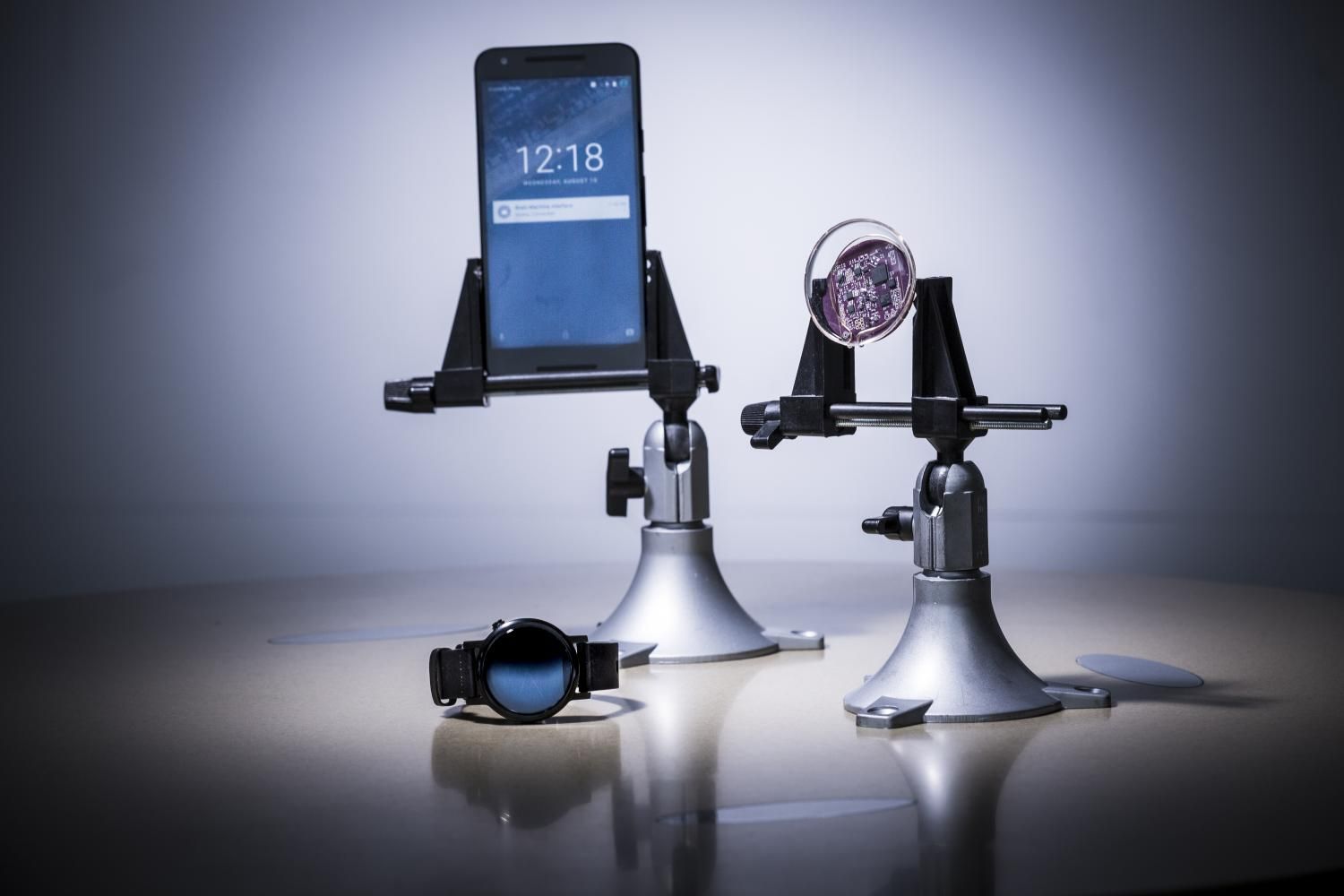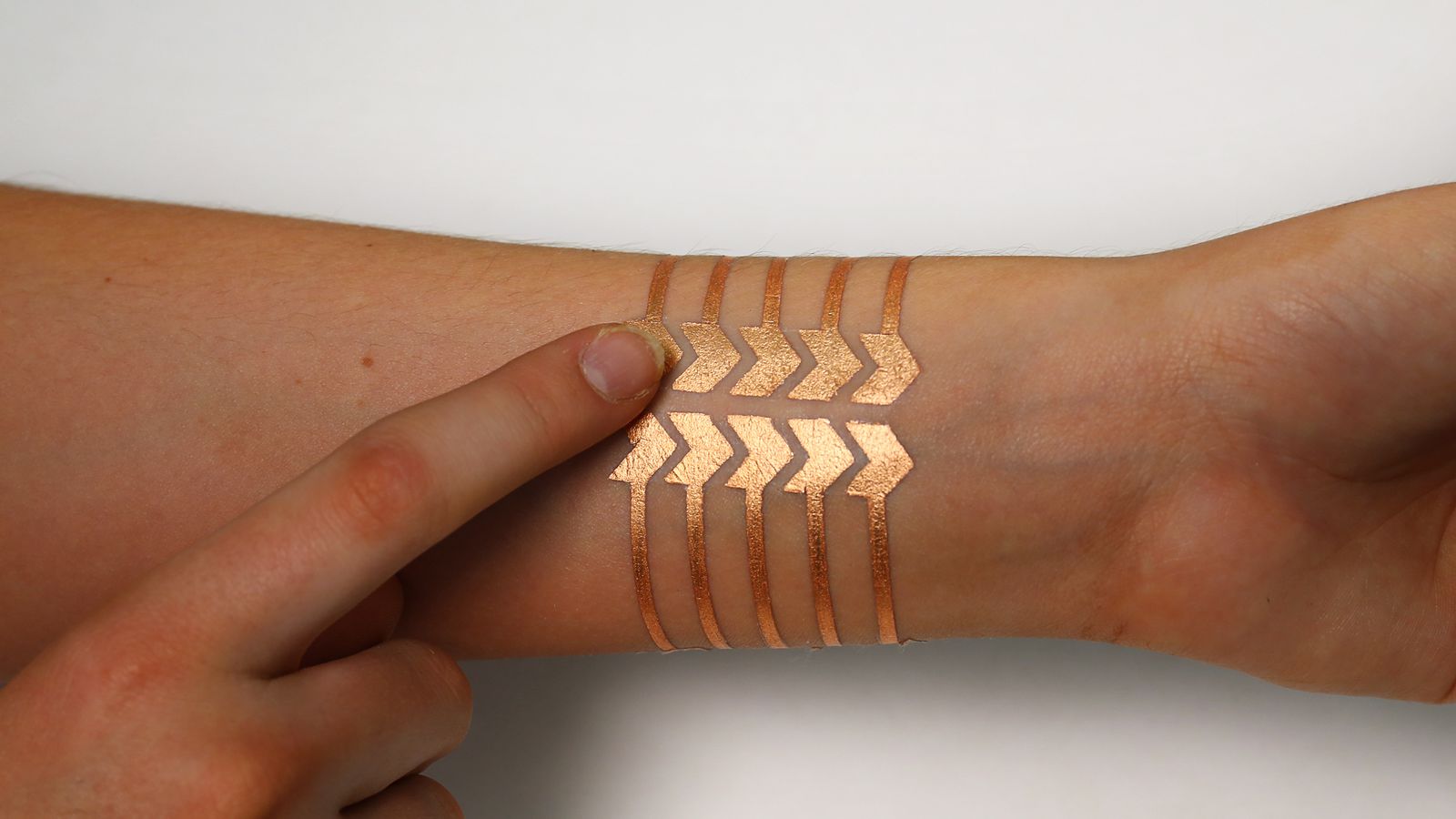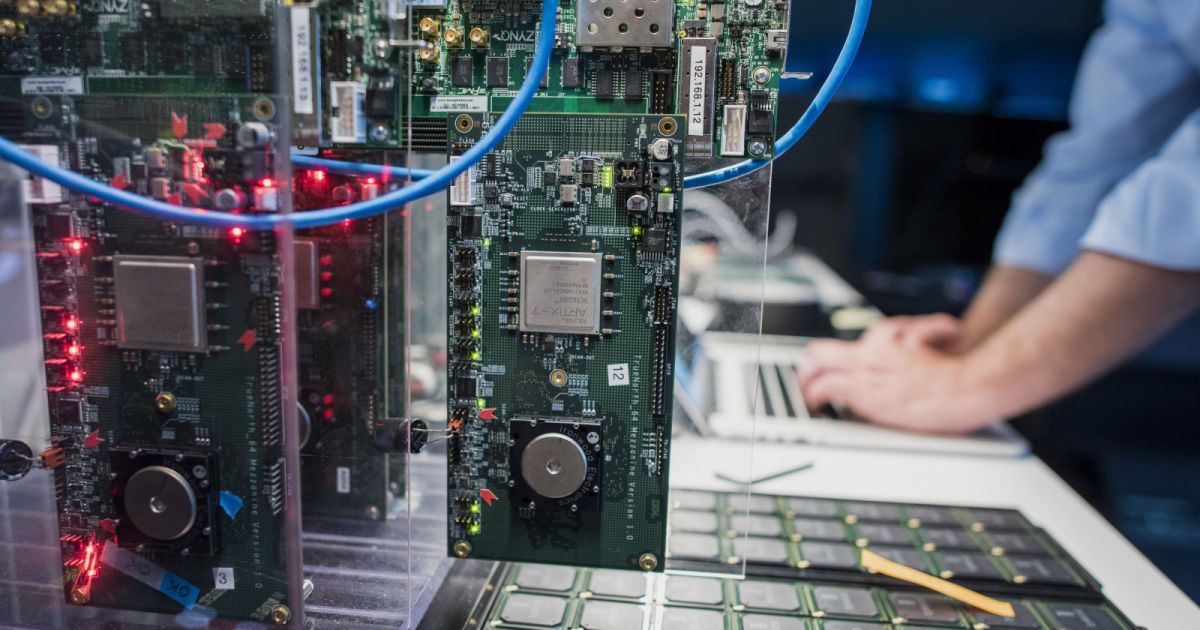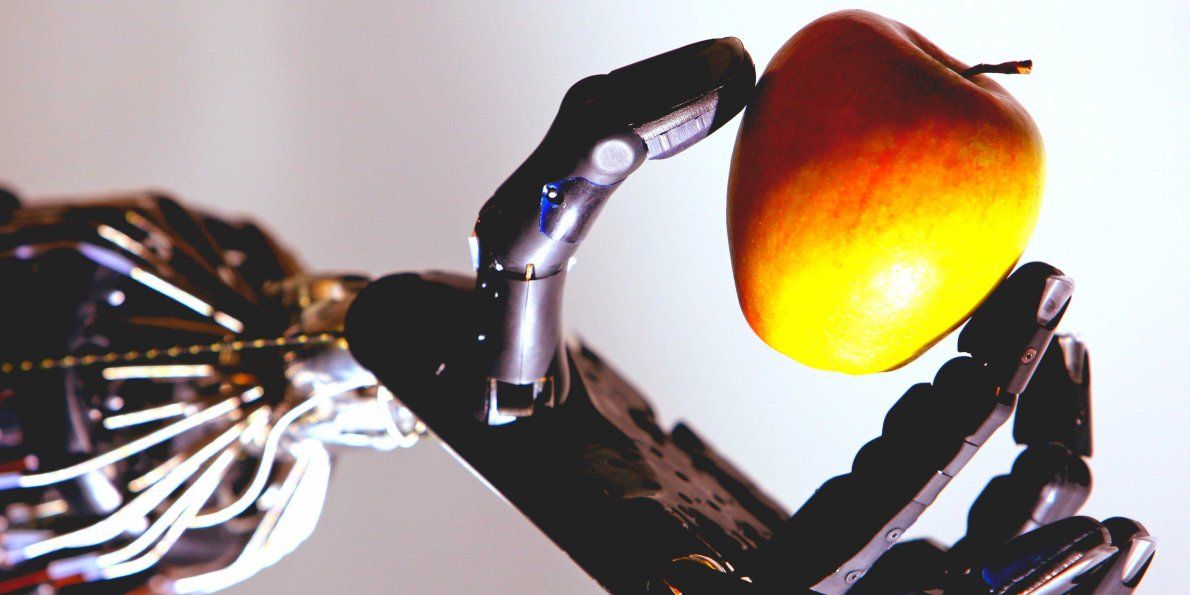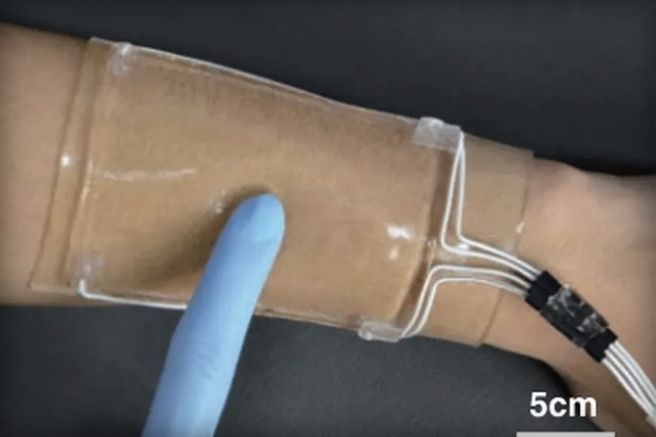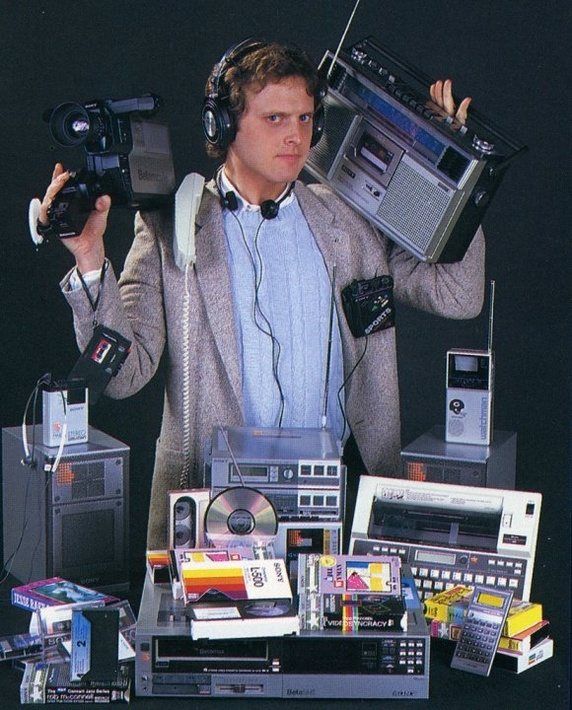Engenheiros da Universidade de Washington introduziram uma nova forma de comunicação que permite que dispositivos como implantes cerebrais, lentes de contato, cartões de crédito e pequenos eletrônicos vestíveis falar com aparelhos de uso diário, como smartphones e relógios.
Este novo” Comunicação interscatter” funciona convertendo sinais Bluetooth em transmissões Wi-Fi através do ar. Usando apenas reflexões, um dispositivo interscatter como uma inteligente de lentes de contato converte sinais Bluetooth a partir de um SmartWatch, por exemplo, em transmissões Wi-Fi que podem ser apanhados por um smartphone.
